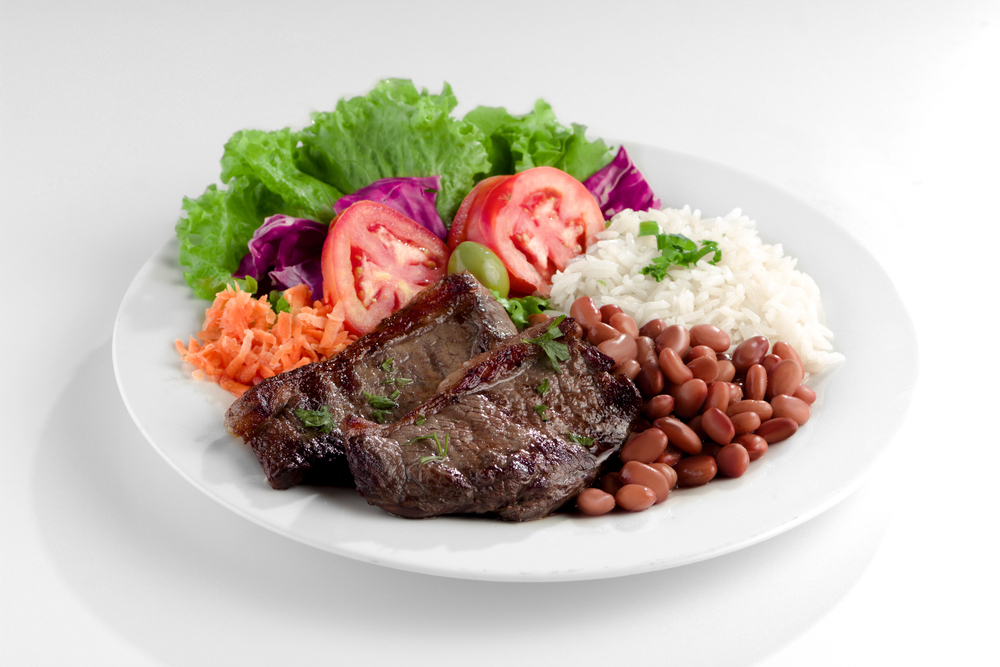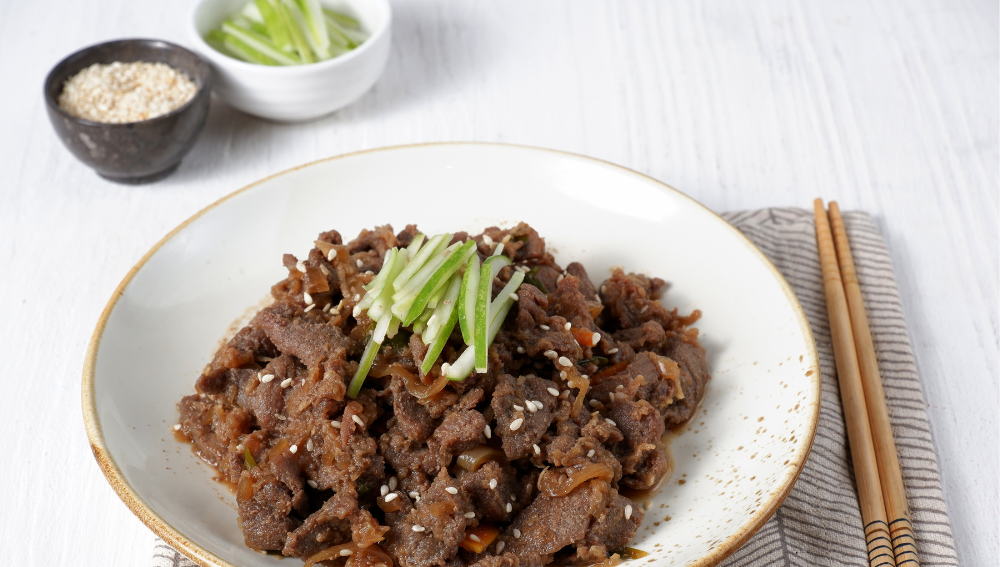Biryani is a popular South Asian dish made of rice, meat, and spices that is loved by many. It’s a flavorful and filling meal that is perfect for any occasion.
However, reheating biryani can be a daunting task, especially if you want to maintain its delicious taste and texture. In this article, I will share my tips on how to reheat biryani properly so that you can enjoy it again and again.
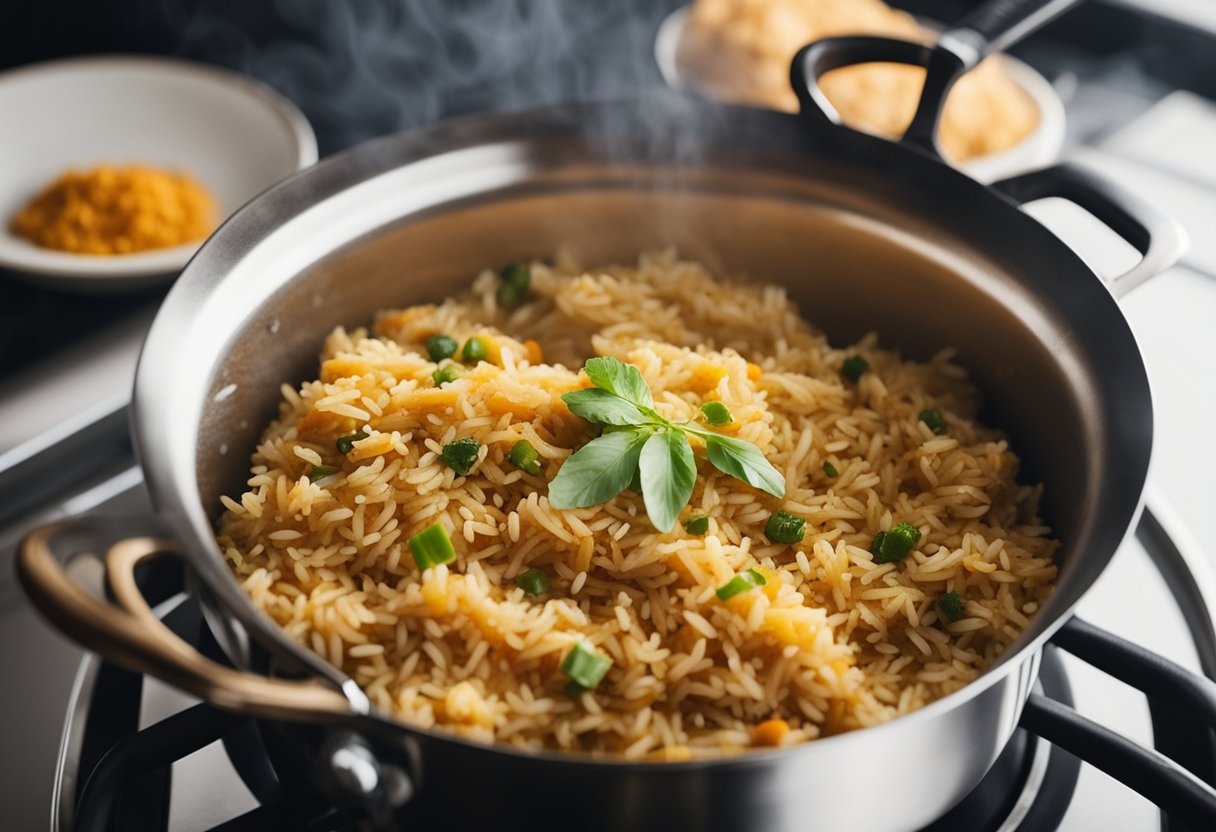
Before we dive into the specifics of reheating biryani, it’s important to understand the dish and its components. Biryani is made up of rice, meat, and spices that are cooked together to create a flavorful and aromatic dish.
The rice is usually cooked separately from the meat and spices, and then layered on top of the meat mixture. This layering is what gives biryani its unique texture and flavor.
To ensure that your biryani tastes just as good as it did when it was first cooked, there are a few steps you should take before reheating it. First, make sure to store your leftover biryani in an airtight container in the refrigerator.
This will help to keep it fresh and prevent any bacteria from growing. Second, if you are reheating biryani that has been in the refrigerator for more than a day, you may want to add a little bit of water to it before reheating.
This will help to moisten the rice and prevent it from drying out during the reheating process.
Key Takeaways
- Biryani is a popular South Asian dish made of rice, meat, and spices.
- Before reheating biryani, it’s important to understand the dish and its components.
- To prepare biryani for reheating, store it in an airtight container in the refrigerator and add a little bit of water if it has been in the refrigerator for more than a day.
Understanding Biryani and Its Components
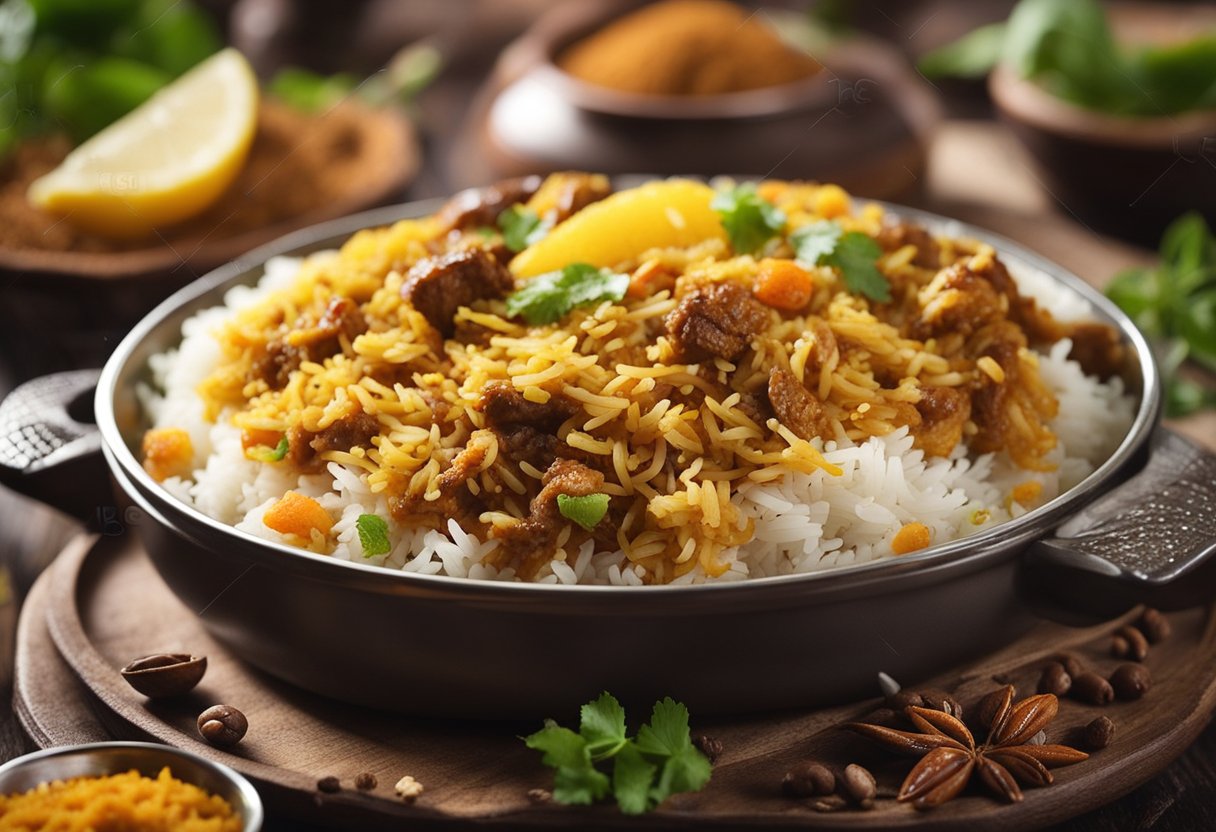
As a biryani enthusiast, I understand the importance of reheating leftover biryani to enjoy its flavors and aroma once again. Before we dive into the reheating process, let’s take a moment to understand the components of biryani.
Rice and Its Texture
The rice used in biryani is an essential component that sets it apart from other rice dishes. The long-grain basmati rice is preferred due to its aroma, flavor, and texture.
The texture of the rice is crucial in biryani, and it should not be too soft or too hard. It should be cooked to a perfect al dente texture, which means it should be cooked but still have a slight bite to it.
Meat and Vegetables Integration
Meat is another crucial component of biryani, and it can be either chicken, beef, lamb, or goat. The meat is marinated with spices and cooked until tender.
Vegetables such as potatoes, carrots, and peas are also added to the biryani, and they complement the meat and rice perfectly.
Flavor is the key to a good biryani, and it is achieved by the use of various spices such as cumin, coriander, turmeric, and garam masala. The spices are added to the meat and rice, giving it a rich and aromatic flavor.
Oil, butter, and ghee are used to cook the meat and rice, and they add richness and depth to the dish. Ghee is preferred as it adds a nutty flavor and aroma to the biryani.
In summary, biryani is a dish that consists of rice, meat, vegetables, flavor, spices, oil, butter, and ghee. Each component plays a crucial role in creating a perfect biryani.
Understanding the components of biryani is essential in reheating it correctly, which we will discuss in the next section.
Preparation Before Reheating
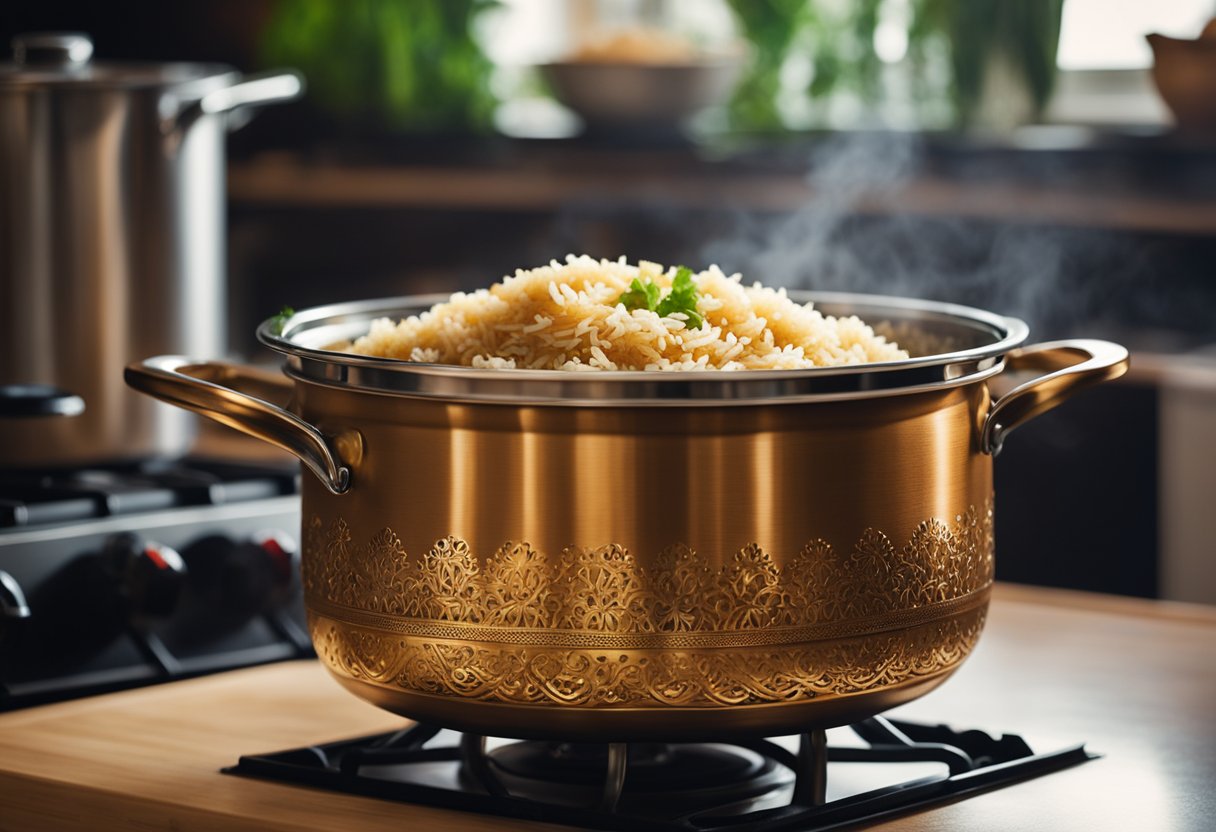
Before reheating biryani, it is important to take some preparatory steps to ensure that the dish retains its flavor, texture, and aroma.
In this section, I will discuss two important steps that you should take before reheating biryani: bringing it to room temperature and adding moisture to it.
Bringing Biryani to Room Temperature
The first step in preparing biryani for reheating is to bring it to room temperature. If the biryani is taken directly from the refrigerator and heated, it may not heat evenly, and the result may be dry or overcooked biryani.
To avoid this, take the biryani out of the refrigerator and let it sit at room temperature for about 30 minutes before reheating it. This will ensure that the biryani heats evenly and retains its moisture.
Adding Moisture to Biryani
Another important step in preparing biryani for reheating is adding moisture to it. Biryani tends to dry out when it is refrigerated, and reheating it without adding moisture can result in dry and unappetizing biryani.
There are several ways to add moisture to biryani, including adding water, oil, butter, or broth.
One way to add moisture to biryani is to sprinkle some water or broth over it before reheating. This will help to keep the biryani moist and prevent it from drying out.
Another way to add moisture to biryani is to mix some oil or butter into it before reheating. This will not only add moisture but also enhance the flavor of the biryani.
In summary, bringing biryani to room temperature and adding moisture to it are two important steps to take before reheating it. These steps will help to ensure that the biryani heats evenly, retains its moisture, and tastes delicious.
Reheating Biryani in the Microwave
If you’re looking for a quick and easy way to reheat biryani, then using a microwave is your best bet. Here are some steps and tips to make sure your biryani comes out perfectly reheated.
Setting Up the Microwave-safe Dish
Before reheating your biryani in the microwave, it’s important to use a microwave-safe dish. A glass or ceramic dish is a good option, as it can handle the heat from the microwave without melting or warping.
Avoid using plastic or metal containers, as they can release harmful chemicals or spark in the microwave.
Once you have your microwave-safe dish, transfer the biryani into it. If you’re reheating a large amount of biryani, you may need to use multiple dishes to ensure even reheating. Cover the dish with a microwave-safe lid or with a piece of microwave-safe foil.
Reheating Steps and Tips
Once your biryani is in the microwave-safe dish, it’s time to start reheating it. Here are some steps and tips to follow:
- Sprinkle some moisture: If your biryani appears dry, consider adding a splash of water or yogurt before reheating. This will help prevent the rice from drying out and becoming hard.
- Fluff the rice: Before reheating, use a fork to fluff the rice. This will help distribute the moisture evenly throughout the dish.
- Set the microwave: Place the dish in the microwave and set it to reheat at 50% power for 2-3 minutes. Reheating at a lower power will help prevent the rice from becoming hard and crunchy.
- Stir and reheat: After the initial 2-3 minutes, remove the dish from the microwave and stir the biryani. This will help distribute the heat evenly and prevent any cold spots. Place the dish back in the microwave and reheat for an additional 1-2 minutes at 50% power.
- Check for steam: Once the reheating process is complete, check to see if there is steam coming out of the dish. If there is, it means the biryani is hot and ready to eat.
By following these steps and tips, you can ensure that your biryani comes out perfectly reheated in the microwave.
Reheating Biryani in the Oven
If you have leftover biryani that you want to reheat, using an oven is a great option. It’s a reliable method that will help you maintain the flavor and texture of the biryani. Here’s how to do it:
Preheating the Oven
Before you start reheating the biryani, you need to preheat the oven. Set the oven temperature to 350°F (175°C) and let it preheat for about 10-15 minutes. This will ensure that the oven is hot enough to reheat the biryani evenly.
Oven Reheating Methodology
Once the oven is preheated, you can start reheating the biryani. Here’s how to do it:
- Divide the biryani into smaller portions: If you have a large amount of leftover biryani, it’s a good idea to divide it into smaller portions. This will allow better heat distribution during reheating and ensure that the biryani is heated evenly.
- Place the biryani in an oven-safe dish: Choose an oven-safe dish that’s big enough to hold the biryani. Place the biryani in the dish and spread it out evenly.
- Cover the dish with aluminum foil: Cover the dish tightly with aluminum foil. This will help trap the heat inside the dish and ensure that the biryani is heated evenly.
- Heat the biryani in the oven: Place the dish in the preheated oven and let it heat for about 15-20 minutes. Check the biryani every 5 minutes to ensure that it’s not overcooked.
- Serve the biryani: Once the biryani is heated through, remove it from the oven and serve it hot.
Using the oven to reheat biryani is a great option if you want to maintain the flavor and texture of the biryani. By following these steps, you can ensure that your leftover biryani is just as delicious as it was when it was freshly made.
Reheating Biryani on the Stovetop
When it comes to reheating biryani, stovetop reheating is one of the most popular methods. Here are two ways to reheat your biryani on the stovetop:
Using a Skillet or Pan
Using a skillet or pan is a great way to reheat biryani. To start, set your skillet or pan over medium-low heat.
Sprinkle in 1-2 tablespoons of water or stock to prevent the biryani from drying out. Add the biryani to the pan and heat it for 5-6 minutes. Stir occasionally to prevent clumps and to ensure even reheating.
Stovetop Reheating Technique
Another technique for reheating biryani on the stovetop is to use a low heat setting. Start by preheating your pan on low heat.
Once the pan is hot, add an appropriate amount of leftover biryani to the pan. Ensure the biryani is spread evenly for uniform reheating.
Cover the pan with a lid to trap the steam and retain moisture within. Allow the biryani to reheat slowly on low heat. Stir occasionally with a spatula to prevent clumps and to ensure even reheating.
When reheating biryani on the stovetop, it is important to keep the heat low to prevent the rice from burning. Additionally, covering the pan with a lid helps to trap the steam and retain moisture within. Stirring occasionally with a spatula will prevent clumps and ensure even reheating.
Storing Leftover Biryani
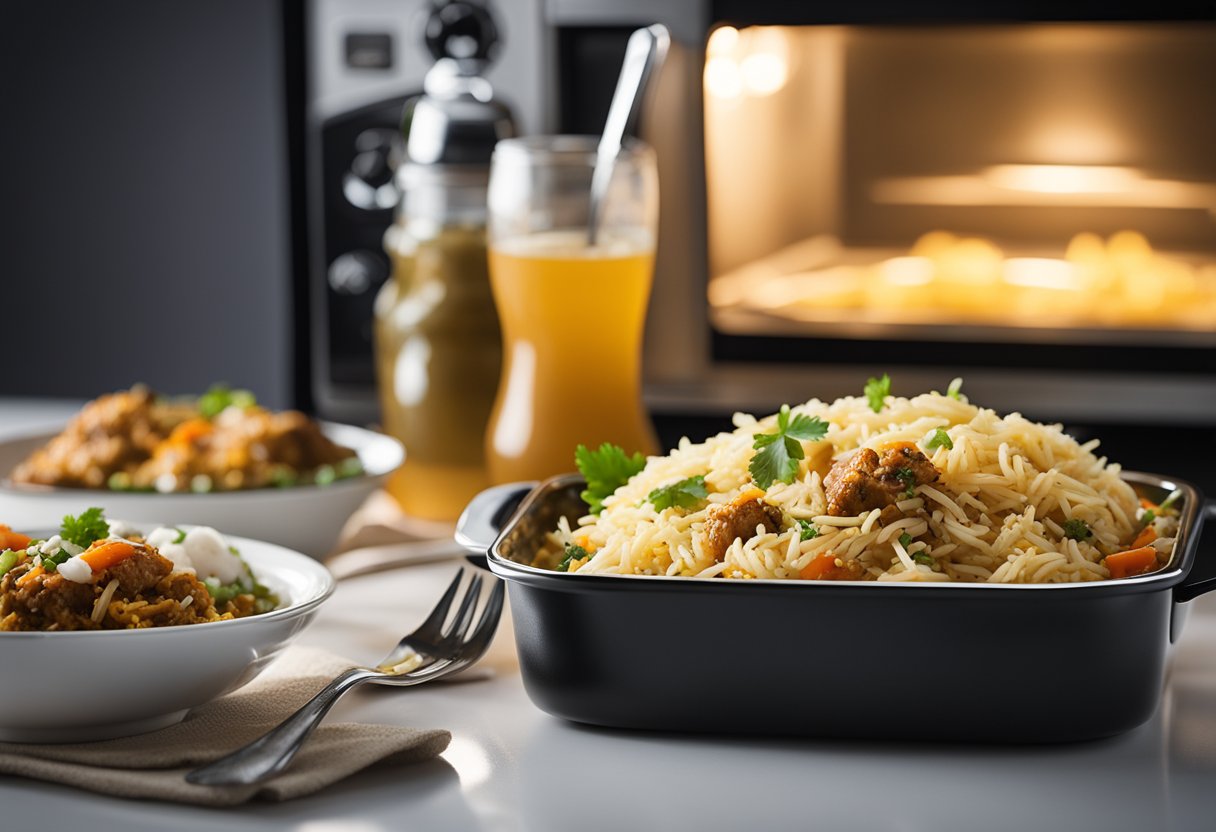
As a biryani lover, I often make a large batch of biryani to enjoy for several meals. However, storing leftover biryani can be tricky. If not stored properly, it can spoil quickly, leading to food waste and potential health risks.
To avoid this, I always store my leftover biryani in an airtight container. This helps prevent the biryani from drying out and keeps it fresh for longer. I recommend using a glass or plastic container with a tight-fitting lid.
After putting the biryani in the container, I make sure to let it cool down to room temperature before putting it in the refrigerator. This helps prevent condensation from forming inside the container, which can make the biryani soggy.
When storing biryani in the refrigerator, it is important to place it on the top shelf, where the temperature is the coldest. This helps keep the biryani fresh for longer.
It is also important to note that leftover biryani should not be stored for more than 3-4 days. After this time, it is best to discard any remaining biryani to avoid the risk of food poisoning.
In summary, storing leftover biryani properly is essential to prevent food waste and health risks. Always store biryani in an airtight container and place it on the top shelf of the refrigerator. Remember to discard any remaining biryani after 3-4 days.
Frequently Asked Questions
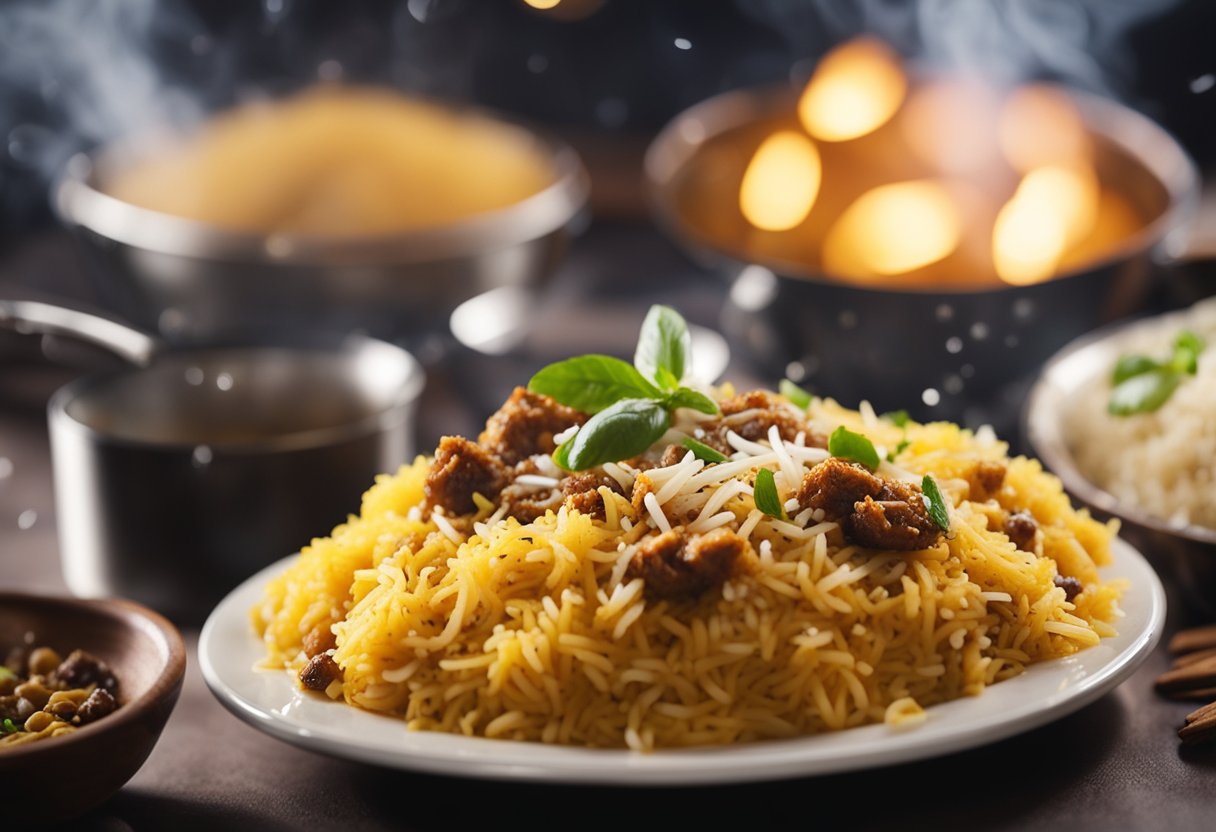
What is the optimal temperature for reheating biryani in an oven?
The optimal temperature for reheating biryani in an oven is 350°F (175°C). Preheat your oven to this temperature while you prepare your biryani for reheating.
Place the biryani in an oven-safe dish and cover it tightly with aluminum foil. Reheat the biryani in the oven for 15-20 minutes or until it’s heated through.
Can you reheat biryani using an air fryer without drying it out?
Yes, you can reheat biryani using an air fryer without drying it out. Set your air fryer to 350°F (175°C) and place the biryani in an oven-safe dish.
Cover it tightly with aluminum foil and reheat it in the air fryer for 5-7 minutes. This will help to retain the moisture and prevent the biryani from drying out.
What precautions should be taken when reheating biryani to ensure it’s safe to eat?
When reheating biryani, it’s important to ensure that it’s safe to eat. Always make sure that the biryani is heated to an internal temperature of 165°F (74°C) before serving.
To avoid any foodborne illnesses, it’s recommended to reheat the biryani in small portions and not to let it sit at room temperature for too long.
How long should chicken biryani be reheated in the microwave for best results?
To get the best results when reheating chicken biryani in the microwave, it’s recommended to reheat it in 30-second intervals.
This will help to ensure that the biryani is heated evenly and doesn’t dry out. Depending on the amount of biryani, it may take 1-2 minutes to reheat it in the microwave.
Is it possible to eat biryani that has been refrigerated overnight?
Yes, it’s possible to eat biryani that has been refrigerated overnight. However, it’s important to reheat it properly before consuming it.
Biryani that has been refrigerated overnight may have lost some of its moisture, so it’s recommended to reheat it with a little bit of water or stock to help restore its texture.
What are the steps to properly reheat biryani in a traditional Handi?
To properly reheat biryani in a traditional Handi, start by adding a small amount of water or stock to the Handi. Place the biryani in the Handi and cover it with a tight-fitting lid.
Heat the Handi over low heat for 10-15 minutes or until the biryani is heated through. Stir the biryani occasionally to ensure that it’s heated evenly.




